HR Solutions LLC
Resources
Updates

HR Solutions LLC
Resources
Updates
ere we are, two years out from the start of the global COVID-19 pandemic. I don’t know about you, but Space Mountain at Walt Disney World pales in comparison to this ride. One of the greatest shifts our country has experienced through this journey has been related to employment.
With our country’s labor market in a precarious position, getting people back to work is top of mind for every business. I recently met up with a group of leaders representing a variety of industries. The subject of “the great resignation” was raised, piquing curiosity around the table. I spent the next hour sharing ideas and best practices to mitigate turnover, strengthen organizations, and improve leadership as a result.
A simple and cost-effective method for learning more about your workforce is to conduct “stay interviews.” While the traditional exit interview is more of an autopsy—determining why employees decided to leave—a stay interview is proactive, uncovering what can be done to encourage employees to stay in the company. Unlike an annual or quarterly performance review, a stay interview is the employee’s unique perception of his or her work environment. Using this approach can prove to be a valuable tool on many levels.
Trust is a critical component to employee engagement and retention. Therefore, upon collecting employee feedback it is important to be responsive to your findings, otherwise it can backfire and lead to a loss of trust. Employees are more likely to share their opinion and be engaged if they feel they are being heard and there is consistent communication across the organization.
Developing employee relationships through clear communication increases engagement, loyalty, and overall workplace satisfaction. For those of you with an increasingly dispersed and mobile staff, internal communication is more important now than ever before.
Skilled workers are an asset for any business. They play a key role in developing a business’s reputation and securing its ongoing success. In the workforce of today, skilled workers are a necessity. Put simply, any business which values productivity, efficiency, quality workmanship, loyalty, and a harmonious workplace should be investing in their employees by providing access to further training, education, and new opportunities to expand their skill set and move up through the ranks. In doing so, you will be investing in the success of your business while also enjoying a positive working relationship with your staff.
How each organization responds to the “great resignation” is as unique as their role in the marketplace and the culture they adopt internally. This isn’t just a short-term issue, but potentially a long-term opportunity to build a competitive advantage by retaining and attracting top talent and building stronger organizations in the process. This is a ride we may be on for a while.
